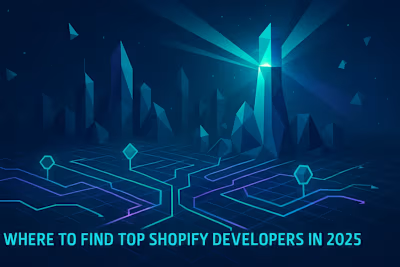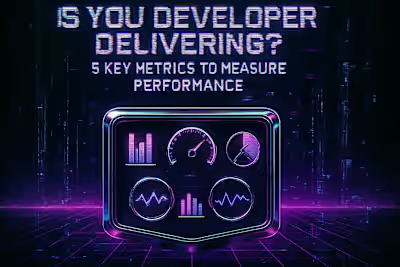Scaling Up: When to Hire a Second Shopify Developer (and How to Do It Right)

Scaling Up: When to Hire a Second Shopify Developer (and How to Do It Right)
Signs It's Time to Expand Your Development Team
Your Project Backlog is Growing Unmanageably
You Need Specialized Skills Your Current Developer Lacks
You're Missing Business Opportunities Due to Development Bottlenecks
Defining the Role of the Second Developer
Front-End vs. Back-End Specialization
Project-Based vs. Long-Term Collaboration
The Hiring Process: Finding the Right Fit for Your Team
Updating Your Job Description for a Second Developer
Assessing Technical Skills and Team Fit
Onboarding Your New Developer for Seamless Integration
Creating a Comprehensive Onboarding Document
Facilitating Knowledge Transfer from Your Existing Developer
Structuring and Managing a Multi-Developer Team
Establishing a Lead Developer and Clear Roles
Implementing Collaborative Workflow and Version Control
Moving Forward with Confidence
References
Scaling Up: When to Hire a Second Shopify Developer (and How to Do It Right)
Signs It's Time to Expand Your Development Team
Your Project Backlog is Growing Unmanageably
You Need Specialized Skills Your Current Developer Lacks
You're Missing Business Opportunities Due to Development Bottlenecks
Defining the Role of the Second Developer
Front-End vs. Back-End Specialization
Project-Based vs. Long-Term Collaboration
The Hiring Process: Finding the Right Fit for Your Team
Updating Your Job Description for a Second Developer
Assessing Technical Skills and Team Fit
Onboarding Your New Developer for Seamless Integration
Creating a Comprehensive Onboarding Document
Facilitating Knowledge Transfer from Your Existing Developer
Structuring and Managing a Multi-Developer Team
Establishing a Lead Developer and Clear Roles
Implementing Collaborative Workflow and Version Control
Moving Forward with Confidence
References
Posted Jul 4, 2025
Is your business outgrowing your single developer? Learn the key signs it's time to hire a second Shopify developer and how to scale your team effectively for continued growth.









